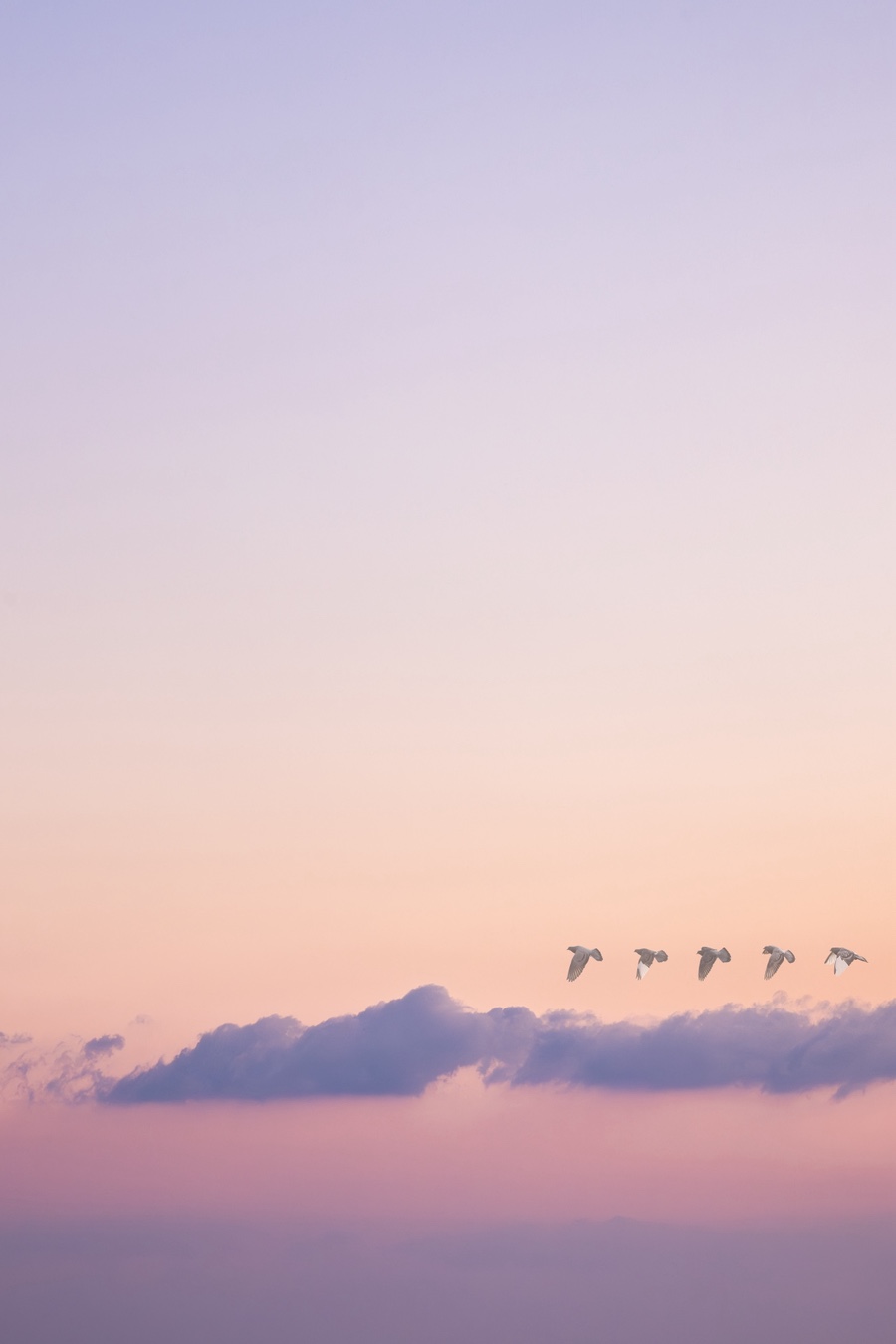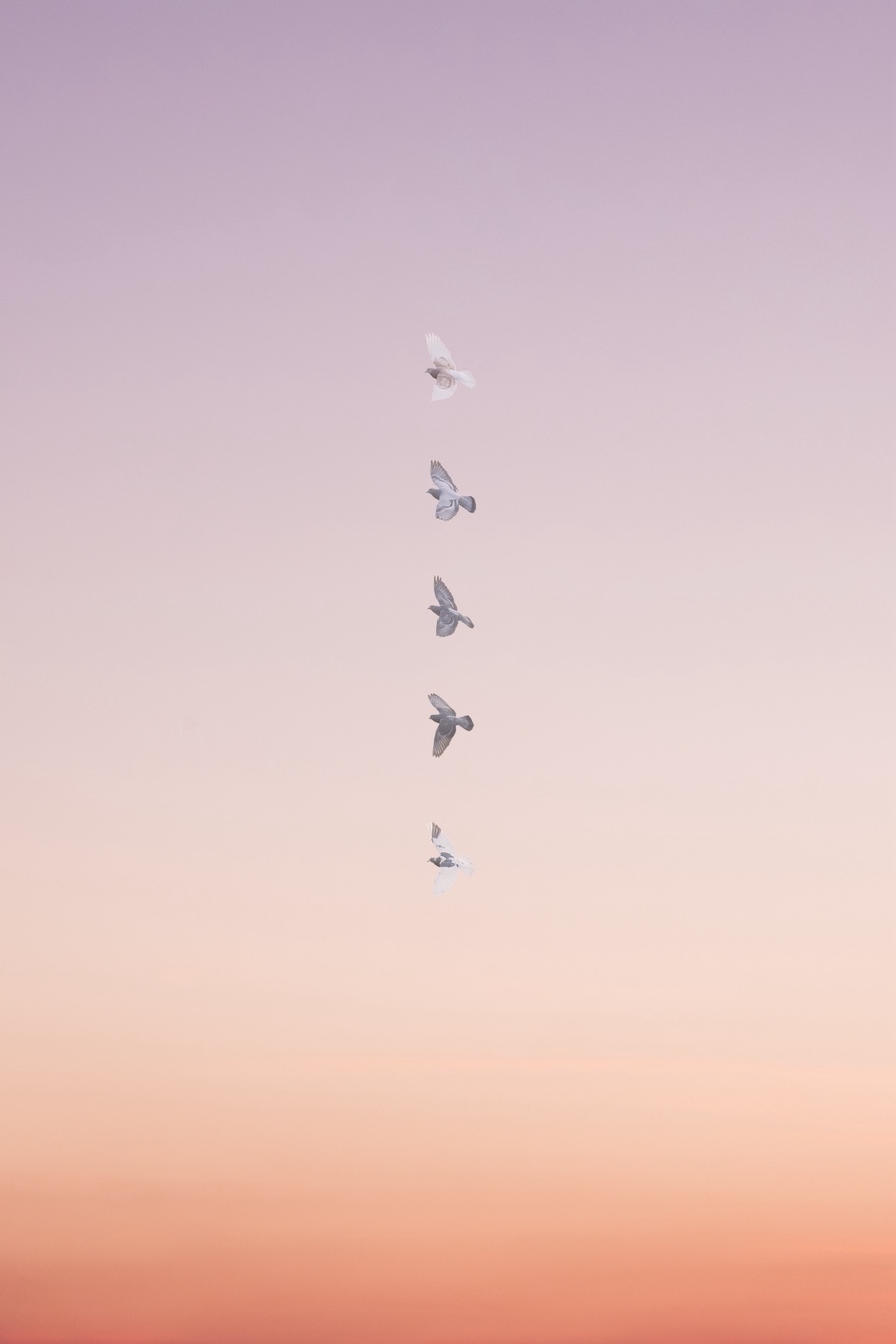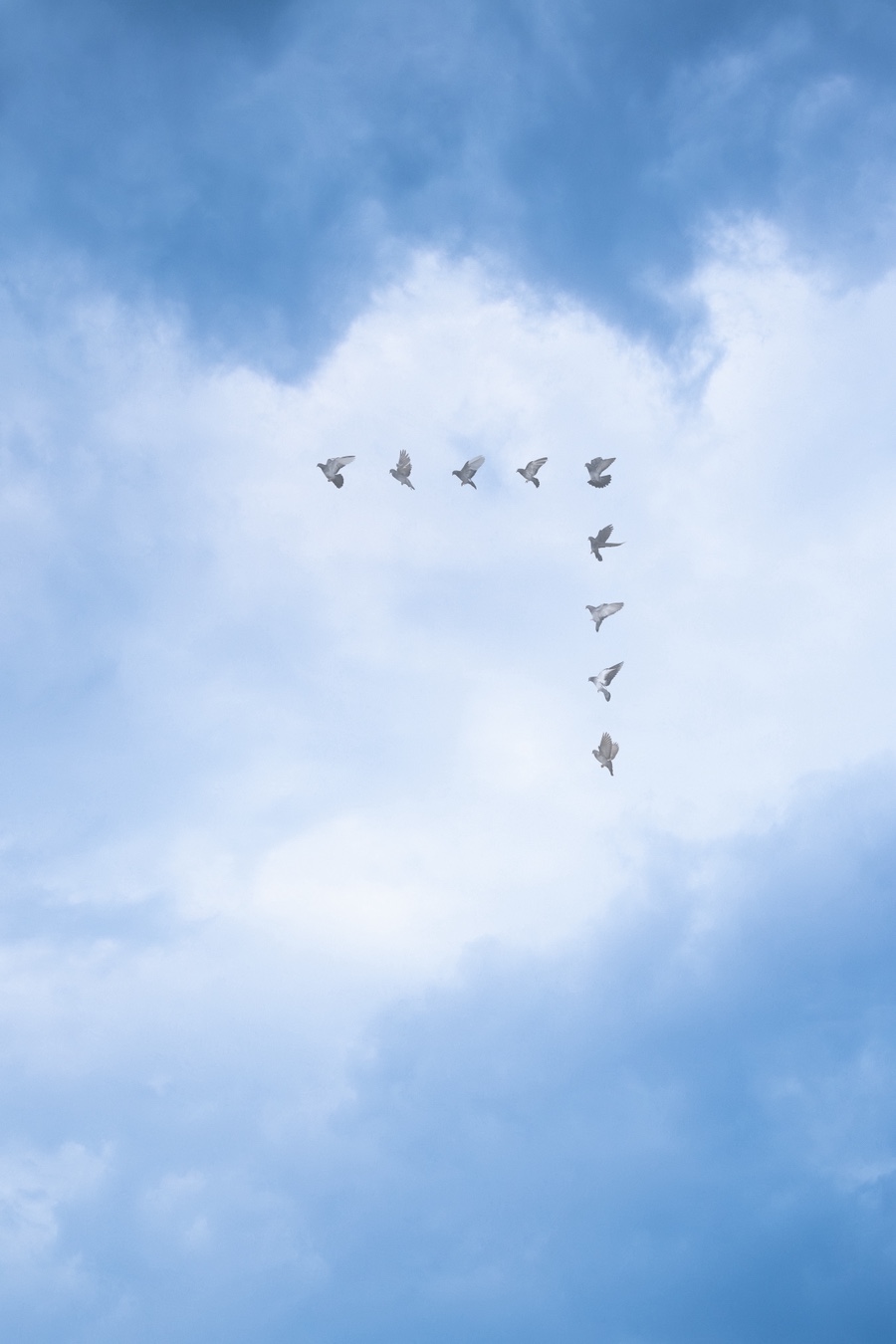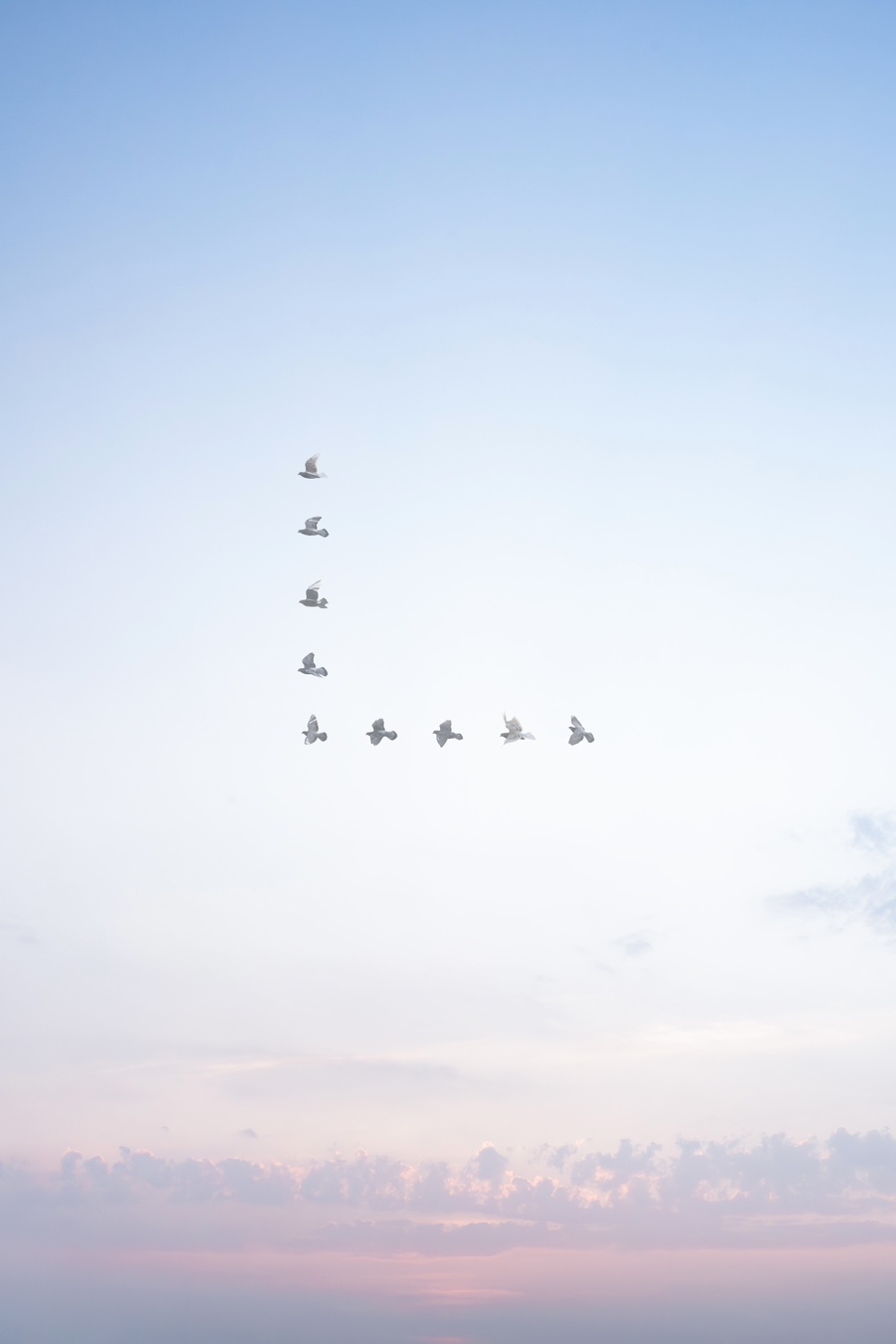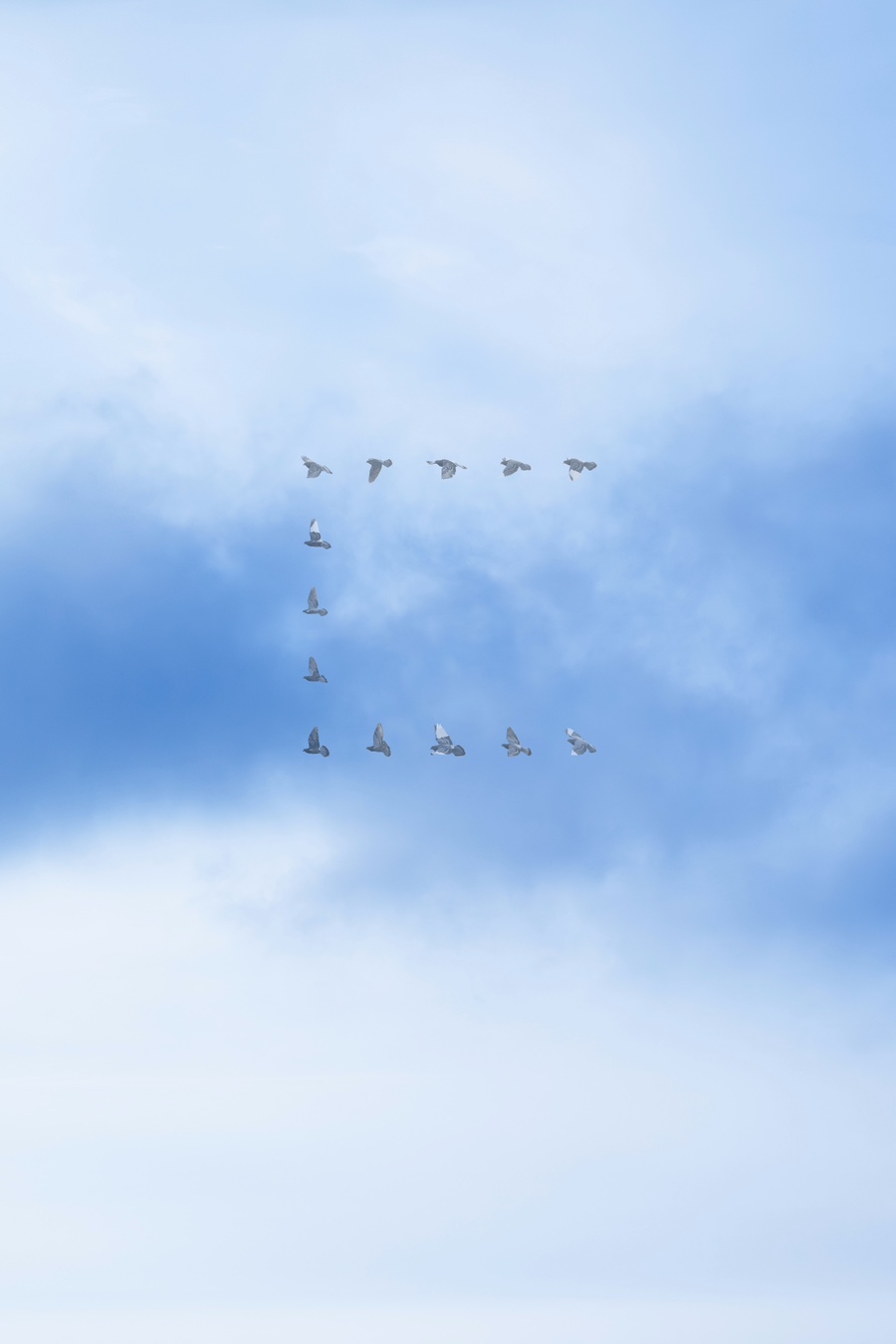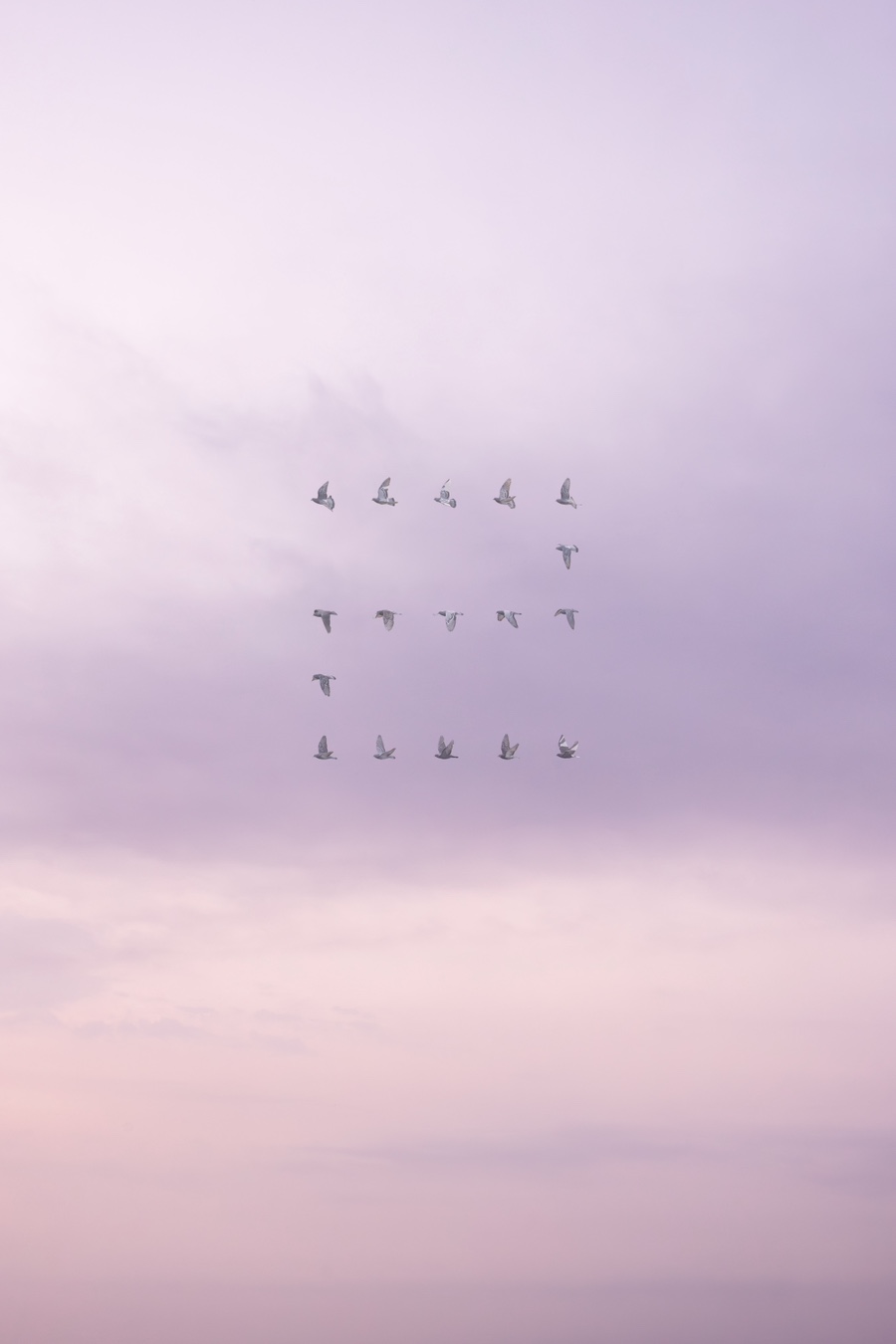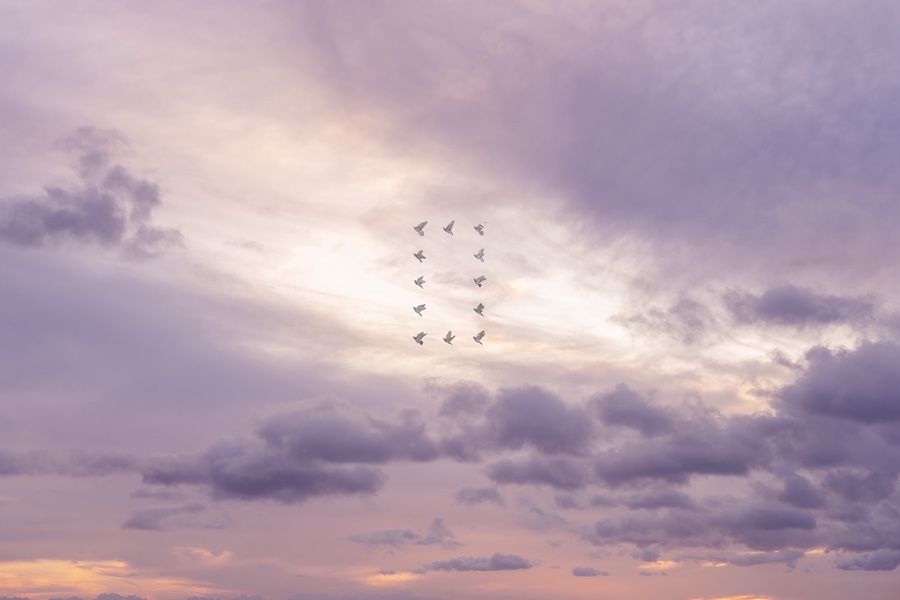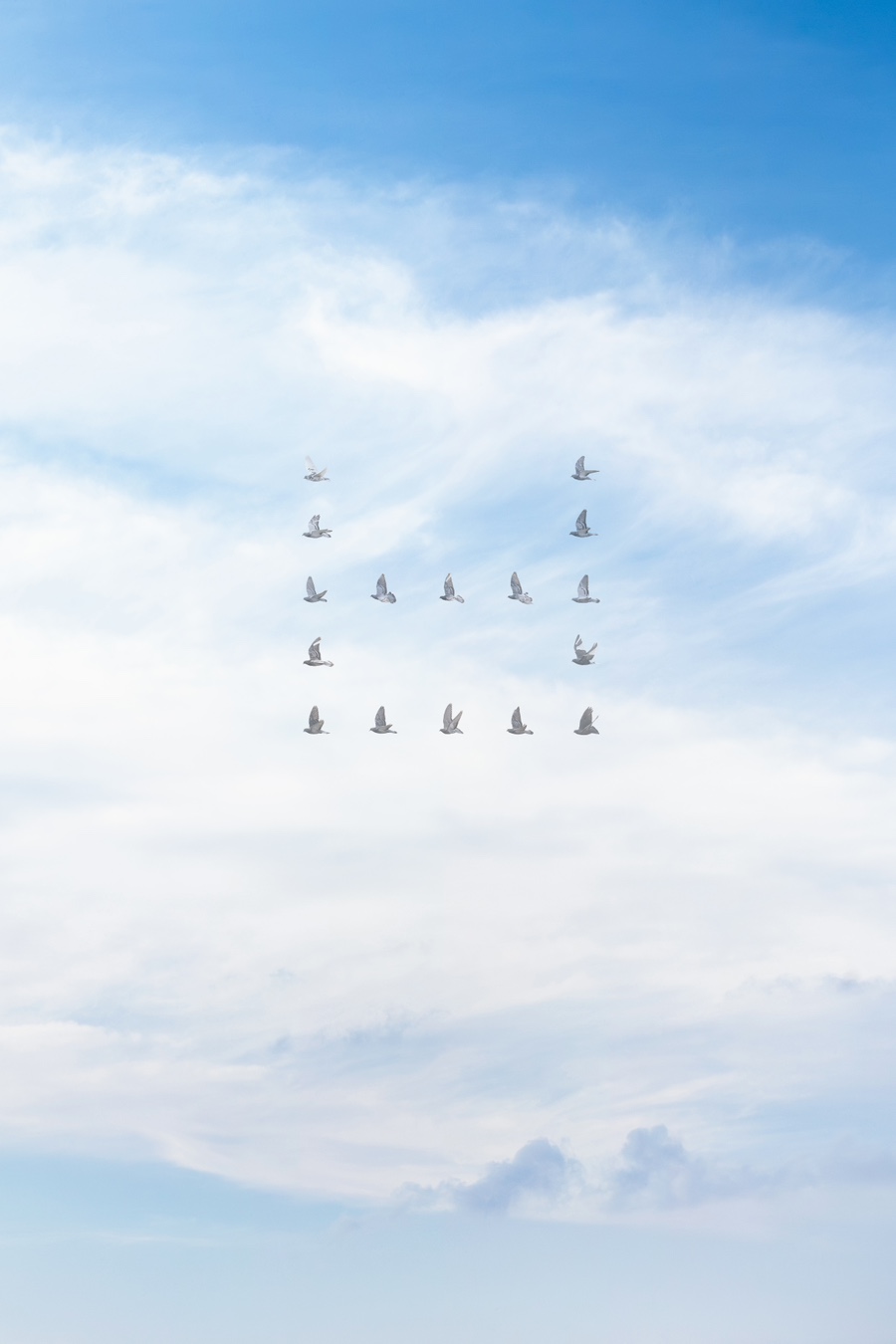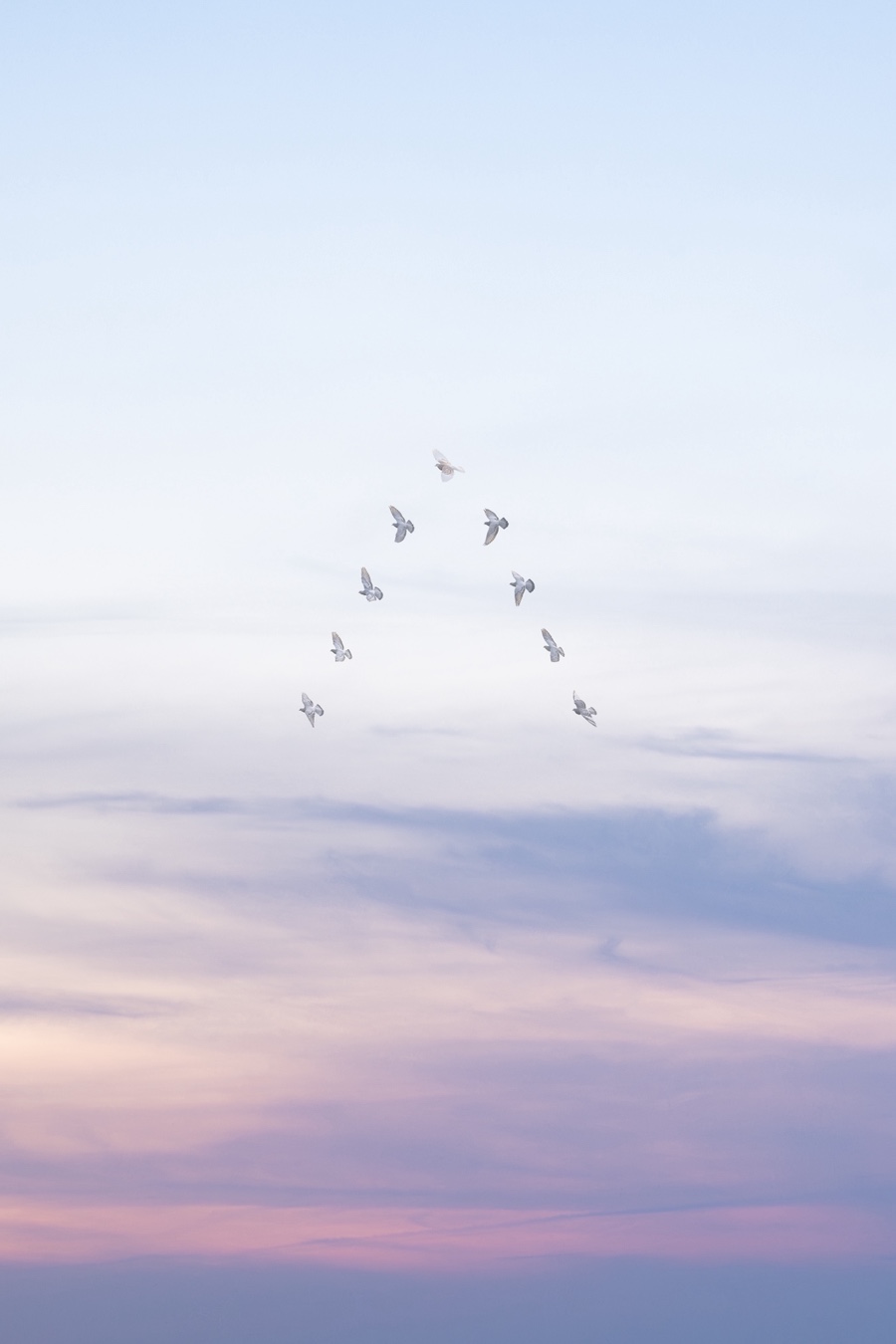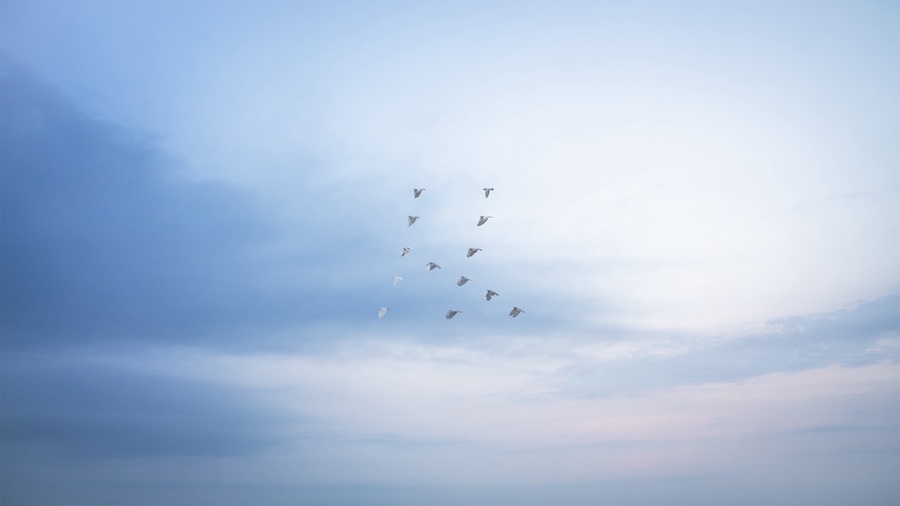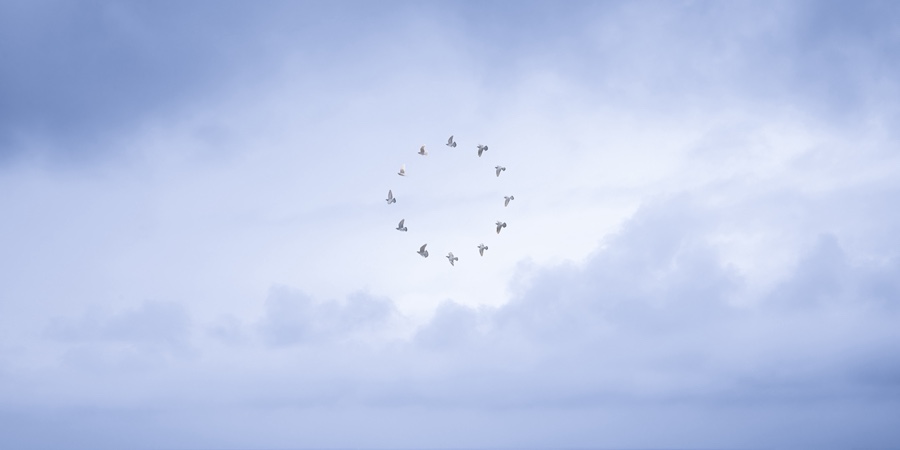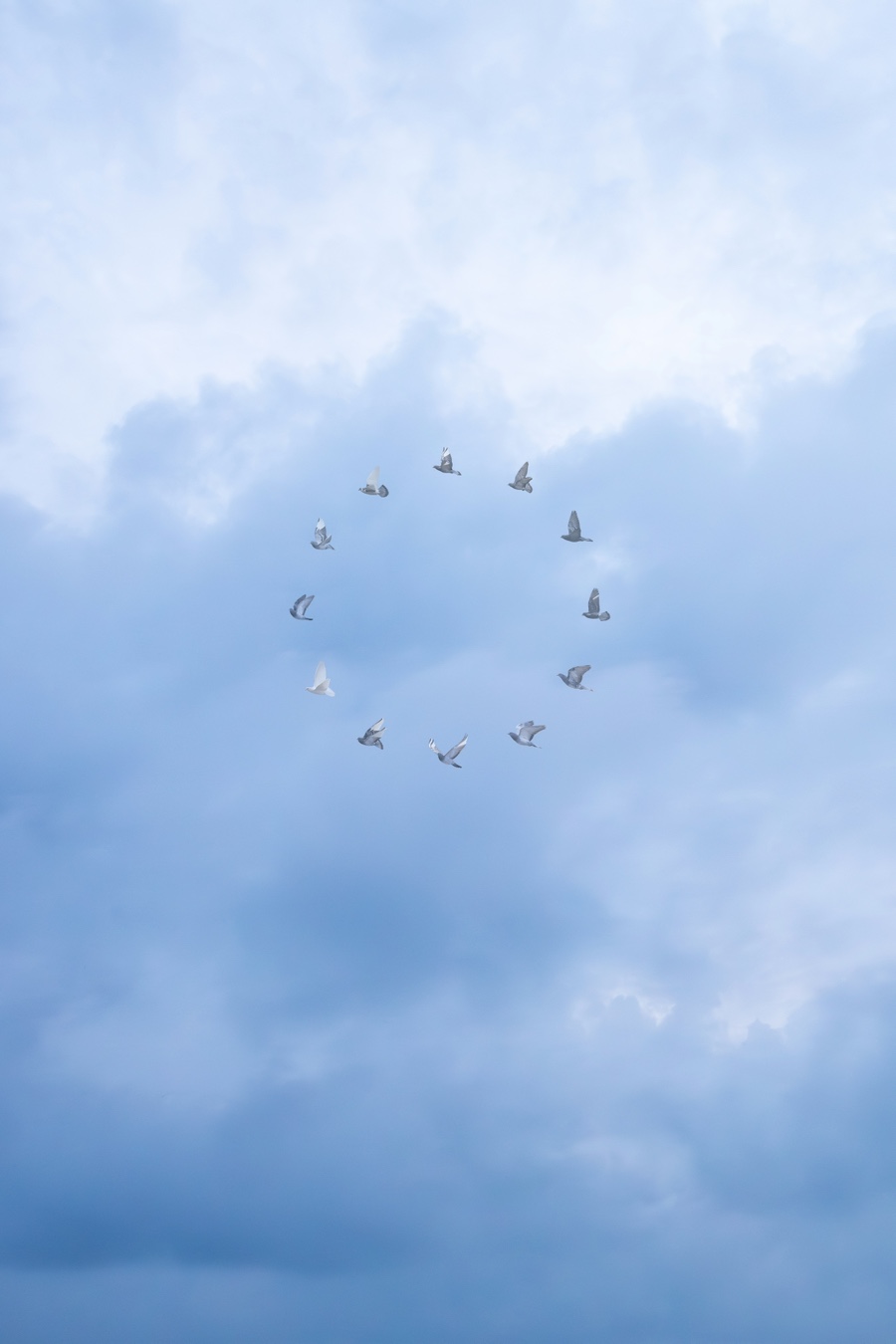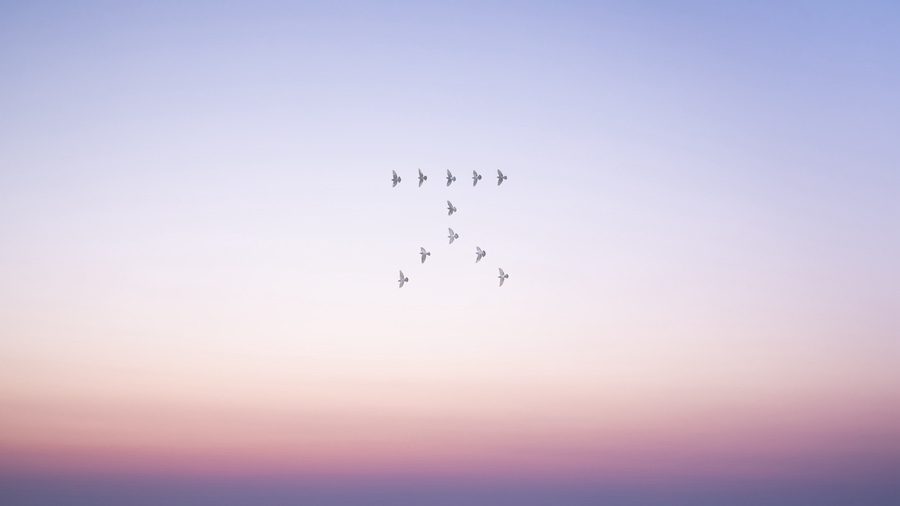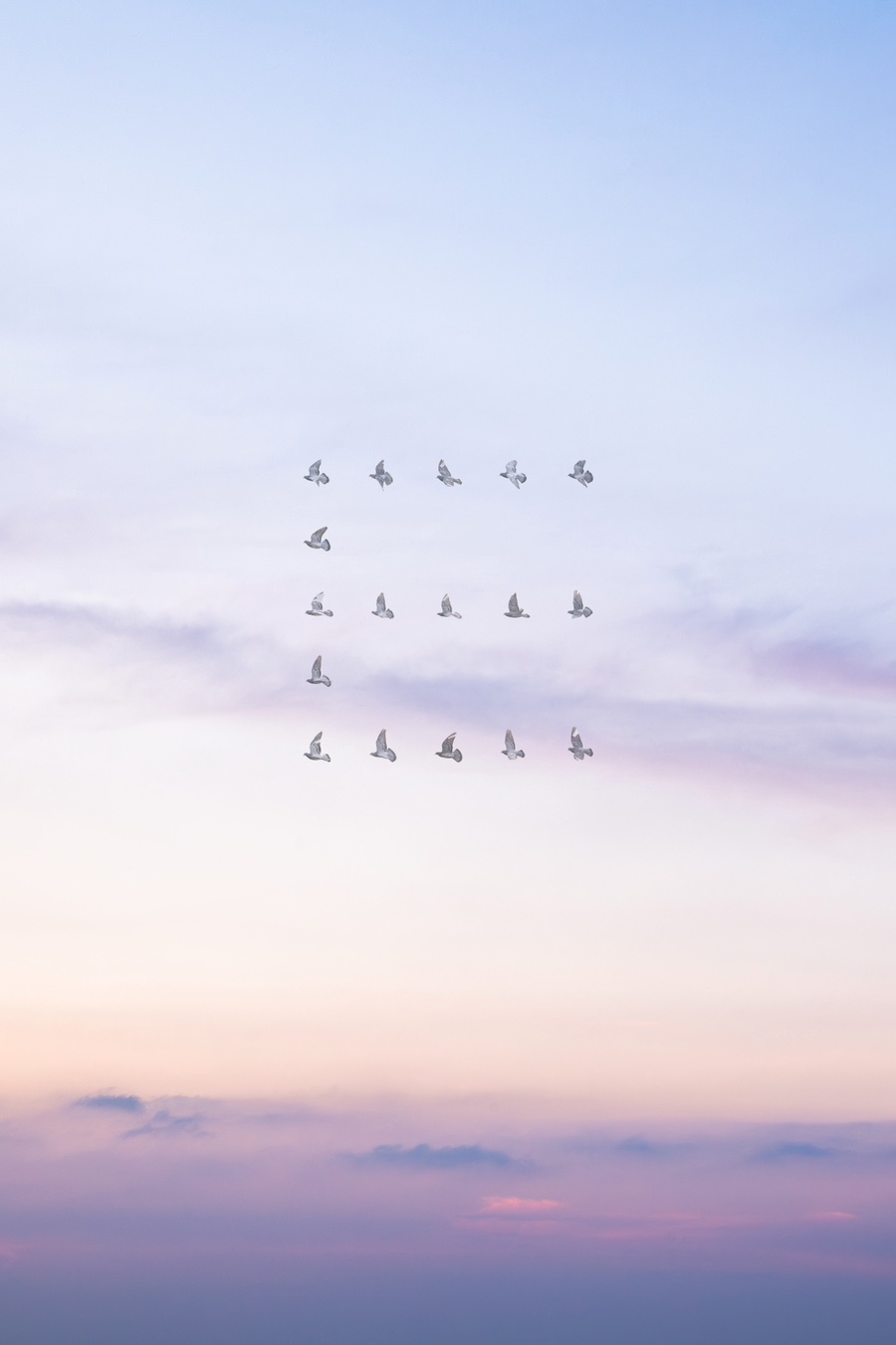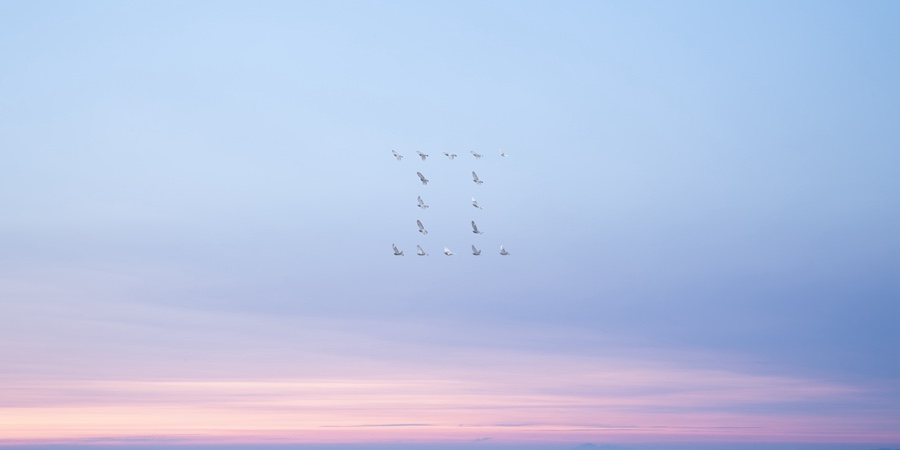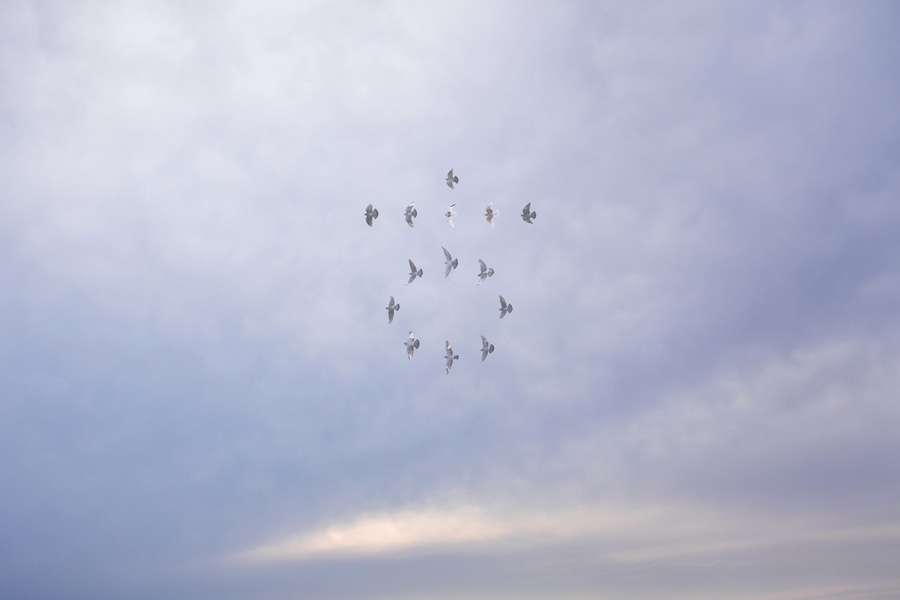DEAR MY FRIEND
Note
From July 1, 2025, feeding pigeons, magpies, sparrows, and other harmful wild animals in Seoul's city parks will result in a fine of up to 1 million won. The Seoul Metropolitan Government explained that this measure is intended to 'reduce hygiene problems caused by excrement.' What about sick or in...
From July 1, 2025, feeding pigeons, magpies, sparrows, and other harmful wild animals in Seoul's city parks will result in a fine of up to 1 million won. The Seoul Metropolitan Government explained that this measure is intended to 'reduce hygiene problems caused by excrement.' What about sick or injured pigeons? In a world reorganized around humans, they become 'harmful animals' if they adapt and thrive, or 'natural monuments' if they can't survive. It's heartbreaking. Despite all the trouble they cause, we can't even say thank you for putting up with us. Coexistence is inherently uncomfortable. Even couples who married for love find it difficult to live together. There are times when you want to put your own child back in your womb. The idea of coexisting without making any concessions is an illusion. The approach of solving conflicts by eliminating the target rather than addressing the conflict itself goes against the spirit of the times. Before implementing such measures, instead of dealing with excrement, they investigated pigeons and their droppings, hoping to gather public opinion to simply remove them if dangerous bacteria were found. Surprisingly, pigeons turned out to be clean. Whether they know it or not, pigeons have clean habits, bathing in flowing water even in freezing weather that would make your hands numb. ## The Creative Process The most enjoyable part of the creative process is conceptualizing ideas. Ideas sprout from experience. I began observing pigeons. When I think of pigeons, I imagine a gentleman with his hands behind his back walking briskly, but watching them, I realize birds are most beautiful when they spread their wings and fly. They can fly in the sky! People belittle and mock pigeons, but even the most outstanding humans cannot do what they accomplish so easily. Occasionally, startled pigeons take flight all at once. Their perfect spatial awareness, excellent directional change ability, and flexible flight style are breathtaking. No matter how large the flock, pigeons never collide with each other. Order within chaos. What if humans intervened in this natural, flowing order? My imagination blooms like clouds. Suddenly, I think 'This is it!' Characters symbolizing civilization! Korean would be good. Not just because I'm Korean, but because the fact that very few people on Earth can read Korean appeals to me. I can satirize the current state of society that sets rules in a language that even the same species cannot understand, scolding animals (with restrictions on reproduction, prohibition of excretion, and access bans). Above all, pigeons have served as 'messenger birds' for about 2,000 years. They are perfect for delivering messages. Moreover, as an invasive species, pigeons have adapted so well to cities that they have become more common than native birds, making them the ones who best understand human rules and order. So this is also a message from pigeons. ## The Technical Challenges When shooting began, all sorts of unexpected problems arose. First, pigeons are too fast. They disappear from the frame in an instant. Their average speed is 60-70 km/h, with a maximum speed of 112 km/h. To increase shutter speed, I need to open the aperture. Opening the aperture reduces depth of field, making it difficult to focus. It's frustrating. I set up a telephoto lens on a tripod and wait for the moment they all take flight at once. An opportunity comes about once an hour. Passersby keep talking to me. They seem curious. Some advise me that pigeons are harmful animals and not worth photographing, suggesting I photograph winter migratory birds instead. I'm anxious about missing the few opportunities that come each day. They don't fly when wind speed exceeds 3 m/s. I check wind speed every morning. Whether by coincidence or habit, pigeons everywhere have their backs to the sun. This means I'm always facing the sun. It's blinding. As a bonus, my face turned black in the middle of winter. I waited for the cold that freezes your nose to ease, but when spring came, there wasn't a single cloud. The contrast in backlight is too strong, and I often fail. I become impatient. ## Post-Production The post-production work involves cutting out pigeons and arranging them to form letters. I gather pigeons with similar poses to create letters. The subtle differences in wing angles make the letter shapes awkward. Even after all that effort, if there aren't enough, it's all for nothing. I need an absolutely large number of shots. I create consonants one by one. Next is choosing the sky. I open my treasure box. The beautiful skies I've collected sparkle. I want to give pigeons a beautiful sky. And to the kind people who will look at these photos. The beauty of the sky is a gift from the universe. I choose the sky like choosing flowers. Thinking about the area pigeons occupy, I determine their size and density. It seems like I just need to paste them in, but of course, it's subtly off. In the end, half of the consonants I made with difficulty remain unused. It's such a waste. Final touches. I carefully retouch the pigeons again. The camera is a mysterious device. Lines appear following the pigeon silhouettes, and the feathers pick up surrounding colors. I don't know if it's a phenomenon caused by sunlight scattering or what mechanism it is. I have no choice but to clean them up one by one. While mobile phones have background removal features, Photoshop must have them too, but even the latest firmware doesn't perform to my satisfaction. I enlarge pigeons that appear about 2 centimeters to 300-400 times their size, filling the screen, and carefully erase them with an eraser. No one would know unless they looked through a magnifying glass. If someone did notice, that would be a bit scary in its own way. ## The Essence of Art Art isn't some kind of suffering Olympics, but it requires a lot of effort. My eyes hurt and my wrists hurt. Copying and pasting layers would be simple. The letter shapes would be neater too. Even knowing this, I carefully polish everything: the fresh bodies of young pigeons and the aged faces of old pigeons, damaged feathers and the twigs pigeons carry in their beaks. There are quite cute faces and individuals with charming poses. When I see pigeons with smiling expressions, I naturally smile along. I'm amazed every time I see them fly beautifully even with injured wings. Although it's laborious to carefully touch each one, I don't dislike it. Making something with time and effort. What else could be so revealing of attitude and sincerity? No one requested this work, and it's less profitable than writing reviews that pay 150 won each (strictly speaking, it's work that costs money), yet I devote all my passion and sincerity with furrowed brows. Perhaps the essence of art lies in such things.
